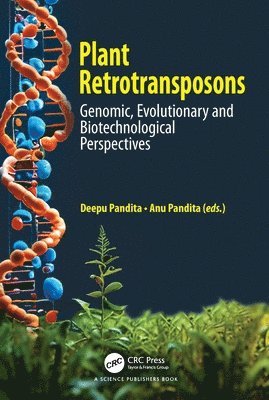Ny

2669:-
Uppskattad leveranstid 10-16 arbetsdagar
Fri frakt för medlemmar vid köp för minst 249:-
This book provides an up-to-date outlook on the origin, evolution, structure, genomic organization, expression, regulation and transposition mechanism of retrotransposons in the plant genome and computational tools and algorithms to analyze retrotransposons across different species, and their use as genetic tools in crop breeding and improvement. The book also highlights the biotechnological applications of the retrotransposon transposable elements. Previously dismissed as parasites/selfish or JUNK DNA, these elements are now recognized as Just Unexplored Novel Know-how. Retrotransposons play crucial roles in gene function, genomic organization, mutations, stress responses, genome regulation, epigenomics, diversity, evolution, and plant speciation. Leveraging these as biotechnological tools can help develop climate-smart crops for sustainable agriculture.
- Format: Inbunden
- ISBN: 9781032663456
- Språk: Engelska
- Antal sidor: 268
- Utgivningsdatum: 2025-03-12
- Förlag: CRC Press

